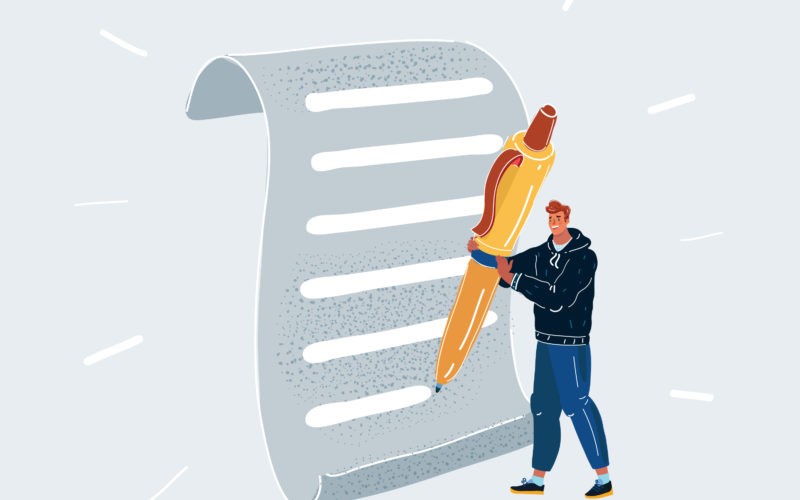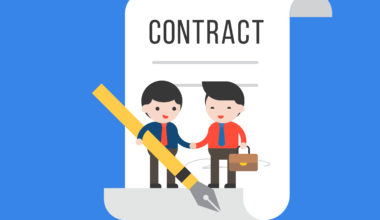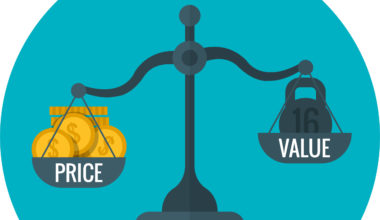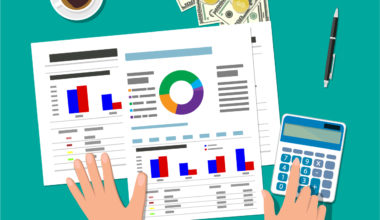The art of closing large deals is elusive in sales. While top sellers are known for closing large, long-term contracts that bring companies vast amounts of revenue, the actual process for doing so is seldom discussed in detail. It is certainly not taught in college or business schools. Over this eight-part series of articles, I will attempt to describe the framework I have developed over sixteen years that helps me consistently close large deals. While I cannot guarantee that you’ll dramatically increase your sales performance from reading this series, I hope it will at least provide some food for thought.
Over the past sixteen years of my sales career, I have pushed myself to understand the art form of closing large deals. More importantly, closing large deals that satisfy all parties, generate colossal value, and keep customers coming back for more. The results have been a consistent stream of seven and eight-figure deals (I have yet to close a 9 figure deal, maybe next year), and in the majority of my sales roles, I have been #1 on the leaderboard in terms of deal size. Every salesperson can occasionally close a large deal; however, achieving consistency is difficult. In my opinion, consistently closing large deals is the cornerstone of top salespeople.
Early in my sales career, I was frustrated with the lack of strategy and clear direction from sales managers and executives. It seemed to me that many of them had no idea how to actually close a larger deal, and instead, our planning conversions would devolve into catchphrases like “gotta reel in a big whale, lock em in for a year.” I rarely found the feedback from executives helpful and instead relied on my instincts and, quite frankly, a trial by fire process to figure out how to close big deals.
Closing a large deal with another party is sometimes incorrectly regarded as a sport with a “loser” and a “winner.” We, the service provider, want to work with client X and convince them to buy as much of our product as possible and lock them into a long-term agreement where their hands are tied, and they are stuck paying for our service for a year or two years, or in some cases longer. If we do our job successfully, we “win” by locking in the client, and the client “loses” by being locked in. This frame of mind is doomed to fail, which will be clear when you reach part eight in this series.
I also want to clarify that a “big deal” varies by industry and product. In my mind, a “big deal” is anything that is 10x the typical size that your company closes and spans over multiple quarters. For example, if your companies typical deal is a $10K per month SaaS contract with an open-ended termination option, a “big deal” would be a $1.2M annual deal that includes a $100K monthly fee and limited termination for mutually agreed-upon reasons.
Here is a summary of the framework I have designed:
- Step One: understand your customer’s goals and objectives over the next fiscal period, and gather intel about the value they are obtaining from your product.
- Step Two: construct a mathematical model to estimate customer economic value, allowing you to build value multipliers.
- Step Three: create multiple deal choices that align with your customer’s goals and include varying value multipliers. As the deal size increases, the multiple of your customer’s economic value must increase as well. Clearly show the value numerically and ensure that your high-end budget option is optimistically high yet attainable.
- Step Four: build in safeguards by structuring the deal to reduce the risk for both parties.
- Step Five: present the deal options to the customer, gather feedback, and revise the options if needed.
- Step Six: agree on the final deal terms with the customer and lead the deal to close by acting as the deal champion.
In my next article, I will cover the first step: understanding your customer’s goals and objectives and the value they are obtaining from your product.




